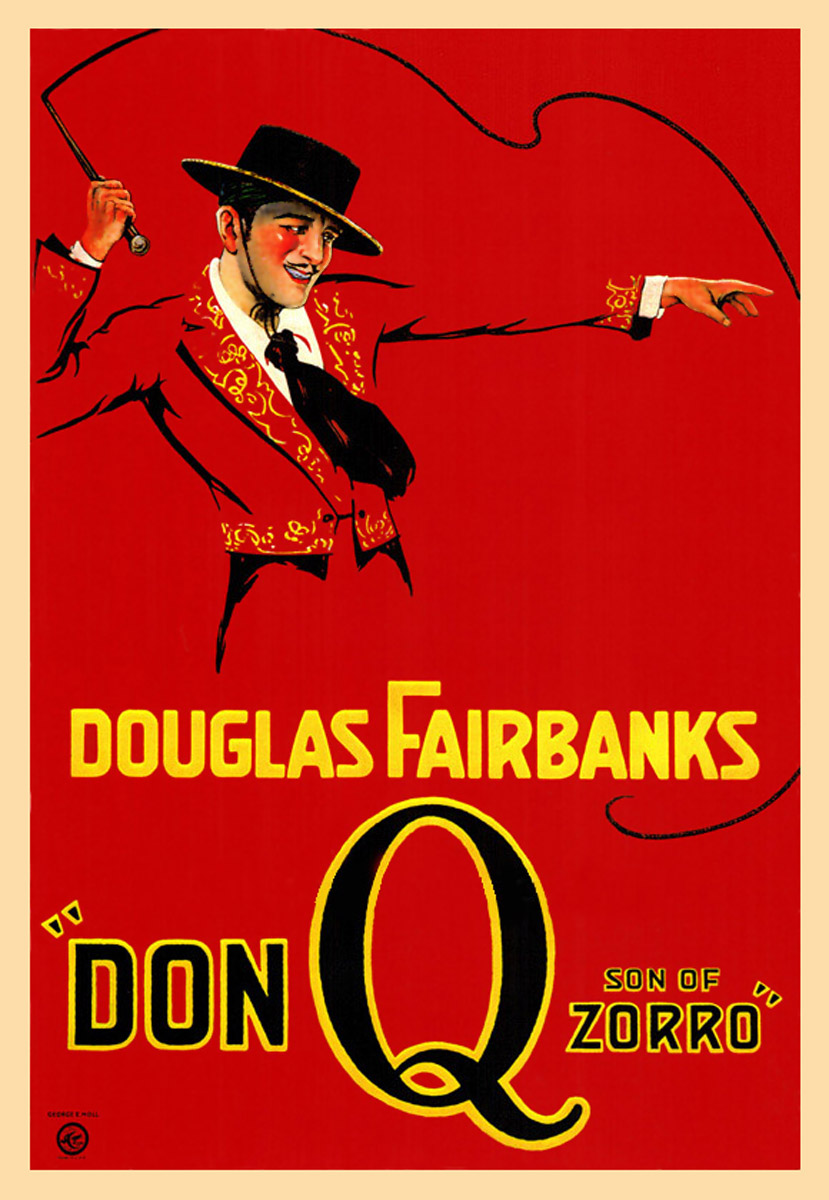The Irish of Uruguay
Nations United
THE IRISH OF URUGUAY:
As most of you who have already read the last two of the posts regarding my forthcoming novel The Red Masks of Montevideo will realise, the book is constructed with the main story arc set in late 1960s Montevideo during the presidency of Jorge Pacheco Areco to other individual short chapters dedicated to a specific period of the South American country’s history. To begin with is 1516, for example, when the Spanish first arrived (see The Survivor post for that); 1624 of the Jesuit Reductions follows (last post, The Mission). 1776, is another year, but I won’t touch on it now, as well as a few more until we move on into a new century, and to 1878, with a theme very close to my heart: Irish immigration overseas.
There have been a fair few immigrants to Uruguay from the Emerald Isle since the beginning of the 18th century. Many of the first were military men, out for adventure and to make a name for themselves. One of the first was Captain John McNamara, who commanded a British force against the Spanish at Colonia del Sacramento in 1762. Over forty years later, Brigadier-General Samuel Auchmuty, born in New York but of an Irish father, occupied with an army Montevideo for several months during 1807. Another, Tipperary born Peter Campbell, founded the Uruguayan navy and has legendary status in Uruguay as a guerrilla leader fighting against the Spanish. Known for carrying an array of deadly weapons while on horseback, he was like an Uruguayan Zorro (another Irishman). Later in the century – because of the Potato Famine and political turmoil in Ireland, in the main – most of the immigration was for socio-economic reasons rather than military ones. That is why, in another chapter in The Red Masks of Montevideo, called Atlantico, I focus on one Irishman’s experience sailing for the promised land of the Southern Cone.
Zorro, reported to have been Irishman William Lamport, made famous by Hollywood. Picture source: Wikicommons.
In the chapter, Michael Barrett and his family set sail for a new life in Argentina aboard the steamship La Zingara. Their accommodation, like most of the Irish and other lower-class immigrants on board, is in third-class, otherwise known as steerage class. Conditions are abysmal, but this tough farmer from Westmeath can put up with anything. While on the ship, Barrett’s daughter falls ill. Luckily for the Barretts, there is an Irish doctor on board, John Bell-Courtney, a Trinity-educated Protestant. He helps them out by caring for Barrett’s daughter. Eventually, Bell-Courtney introduces Barrett to his friend, Joseé Acunña de Videl, a Montevideo lawyer. I’ll leave the rest of the plot for your reading eyes.
Atlantico reminds me a lot of my novel Transatlantic, The Ballad of Thomas Fox, which I published in 2014. Both have an Irish main protagonist: in the case of Transatlantic Thomas Fox, a Mayo man who has moved to NYC to get away from the mass unemployment in Ireland at the time. Set in 1984, it is a violent crime thriller and is a mixture of Denis Lehane’s novella The Drop and Abraham Cahan’s The Rise of David Levinsky, though not so rags to riches.
Returning to the Irish and Uruguay, there have been quite a few prominent Uruguayans of Irish descent, namely Washington Beltraán, president of the country in the mid-1960s, Alfredo Jones-Brown, a famous architect and great-grandson of Admiral William Brown (Guillermo Brown), the Mayo-born ‘Father of the Argentine navy’. More recently Fabian O'Neill, the skillful Uruguayan footballer who played for the legendary club Juventus in Italy before his sad slide into alcohol abuse a la George Best.
Fabian O'Neill, a gifted Uruguayan international footballer who, unfortunately - as many Celts - sank into alcoholic intoxication. Photo source: Wikicommons


